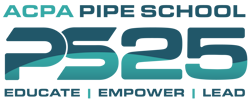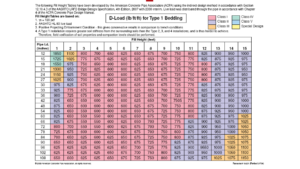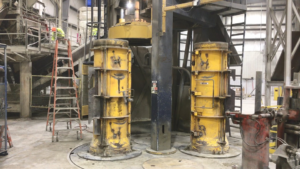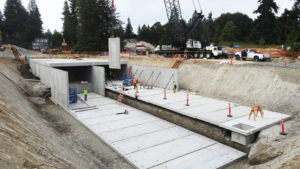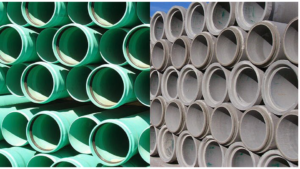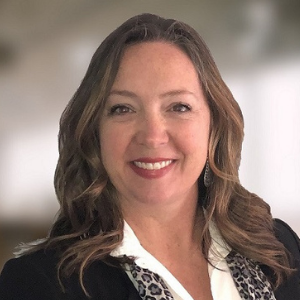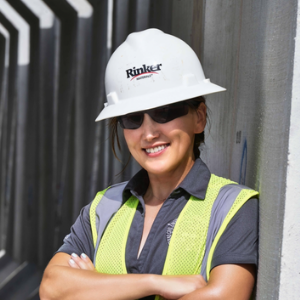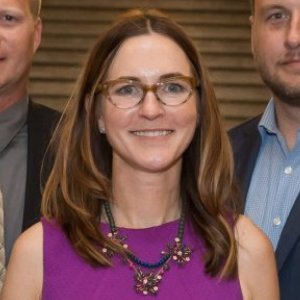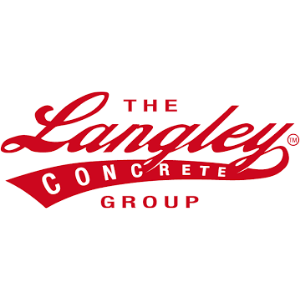Schedule – Thursday, March 4th
The first day of the Pipe School encore will take place on Thursday, March 4th, and will run from 8am – 4pm CT. At the end of each day, attendees will have the opportunity to apply for earned PDHs which will be issued within a few weeks after the event.
Below is a description of the different classes available during the Tuesday session. Click here to see the Pipe School 2021 Encore schedule.
Return to Pipe School Schedule Page.
Train the Trainer Class Outline (click to jump to track)
Basic Design Using Indirect Design
Sustainability, Resilience, & Concrete Pipe
Precast Design, Manufacturing, and Installation
Pipe Installations – Concrete or Thermoplastics – What Difference Does it Make?
Schedule – Thursday, March 4th
Basic Design of Concrete Pipe Using the Indirect Design Method
Speaker: Josh Beakley, PE, Vice President – American Concrete Pipe Association
AASHTO allows the use of either of two design methods for precast reinforced concrete pipe; the indirect design method or the direct design method. If the RCP design results in a Class of pipe, or a specified D-load, then by default it is an indirect design. The majority of reinforced concrete pipe is designed this way. Learn how the indirect design method for RCP is one of the most complete design methods used for buried drainage pipe, while also being one of the easiest to perform.
Fires in Culverts
Speaker: Aaron Pettit, Business Development Manager – Thompson Pipe Group
Course will discuss the importance of fire resilient infrastructure. Emergency routes are critical so all underground infrastructure needs to be sustainable. The effect on the environment, including air and water quality can have long-term aftereffects.
Sustainability, Resilience, and Concrete Pipe
Speakers: Riley Dvorak, PE, & Joseph Updike – Forterra
What is sustainability? What is resilience? How do they relate to each other? Why are there so many questions in this course description? Come and find out! Sustainability and resilience have been at the forefront of politics and policy for decades and decision makers today are expected to responsibly employ sustainable and resilient measures to secure the future of our environmental, economic, and societal infrastructure. When it comes to drainage products and the vast range of differences between industries of different pipe materials, it is increasingly important to take resilience and sustainability into consideration at a foundational level. This course will dissect how sustainability and resilience can be measured, and how pipe material selection can affect our society and the future of our infrastructure.
Precast Design, Manufacturing, and Installation
Speaker: Ashley Isaacson EIT – Forterra
There are several different processes used to produce high quality pipe and precast products. New and improved machines and methods are continually being developed. We will touch on the more commonly used production methods. We will also briefly discuss the component materials, techniques and equipment used to produce a consistently high-quality product. The class also includes the process implemented in the development process of mix designs that consistently provide optimum strength and density that produces a durable product.
Properly installing precast structures ensures they function properly while maintaining the integrity of the roadways by efficiently removing stormwater. The greater one understands the precast structure process, the greater the savings in time and money. We will walk through design, production and installation of precast.
Underground Detention
Speaker: Ryan Bonell, PE, Technical Resource Engineer – County Materials
With the rising cost of property for development, retention ponds are quickly disappearing underground. This presentation provides the full complement of precast pipe and box culverts usage for a long lasting infrastructure.
Pipe Installations – Concrete or Thermoplastic – What Difference Does it Make?
Speaker: Don McNutt, PE – American Concrete Pipe Association
There are several similarities and then quite a few significant differences in the requirements for proper installation of reinforced concrete pipe and thermoplastic pipe products. Concrete pipe installations are based on ASTM C1479 and thermoplastic pipe installations are based on ASTM D2321. This class will provide a side by side comparison of these two unique specifications.
